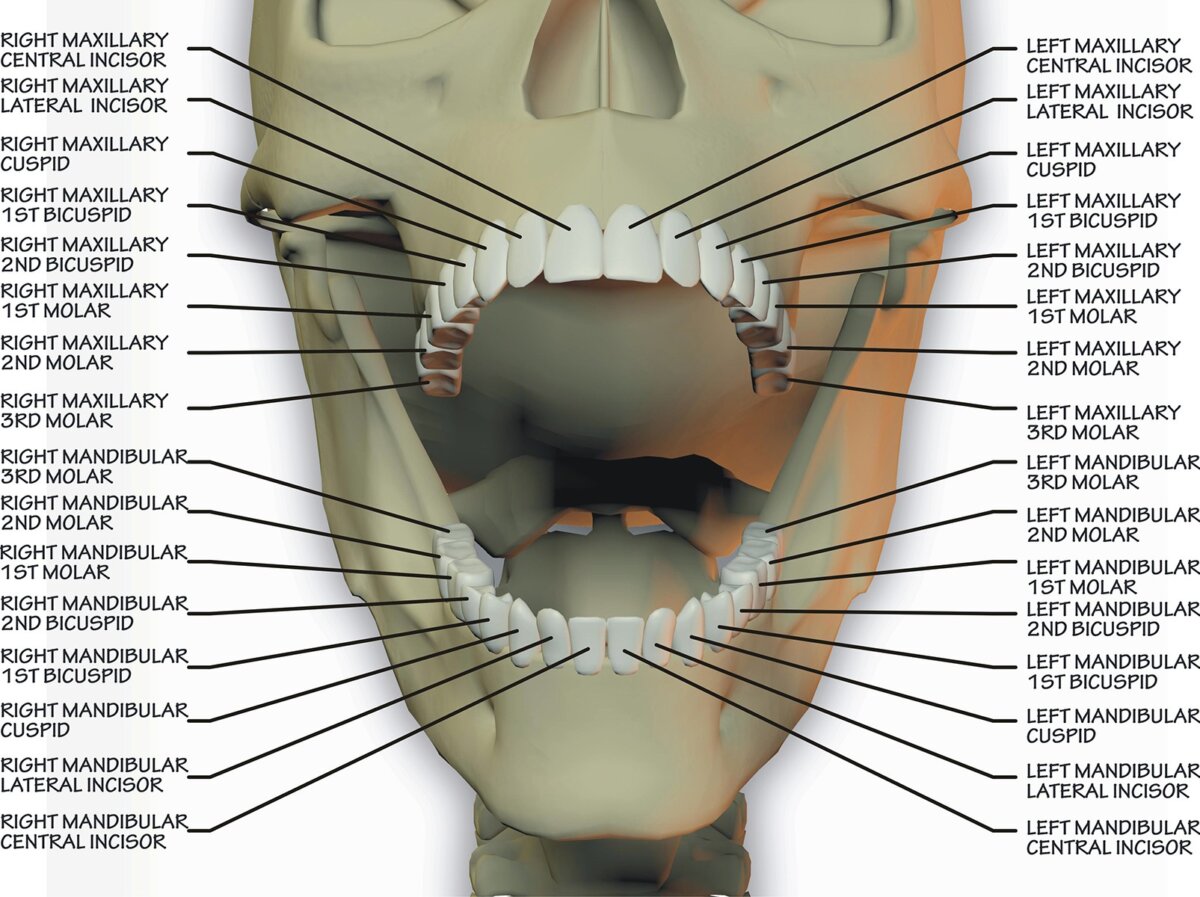Blog
Dental hygiene tips for healthy teeth & gums

Difference Between Maxillary And Mandibular Molars
We can divide the human teeth structure into four types where each type serves a specific aspect of eating and chewing. One of the teeth types is molars which are divided into upper molars and lower molars. Maxillary molars are present in the upper jaw, whereas mandibular molars exist in the lower jaw.
Maxillary molars are different from mandibular molars in many ways, starting from their size to the number of roots in the molars. In this blog, we will scrutinize the differences between maxillary and mandibular molars.
What are Molars?
Molars are placed at the back of your teeth structure, and their primary purpose is the grinding of food. A typical adult has a total of 12 molars, six each in upper and lower jaws. There are three molars on each section of our jaws. These molars include four wisdom teeth. Molars are the largest amongst all teeth, and they help us clench, chew and grind food. There are three roots present in molars, two are buccal, and one is lingual. One of the primary roles of molars is to maintain our face’s vertical dimension and help keep our other teeth aligned.
About Maxillary Molars
The six molars on the upper jaw form the maxillary molars. These molars have four well-formed cusps (2 buccal and two lingual) and one supplemental cusp called the cusp of carabelli. The supplemental cusp has very little practical use. These molars have one buccal groove and three roots. These roots form a tripod arrangement to provide better anchorage in the alveolar bone.
About Mandibular Molars
The six molars on the lower jaw constitute the mandibular molars. The first molar has two buccal grooves, while the second and third molars have only one buccal groove. These molars have no oblique ridge and two roots.
What Makes Maxillary molars Different from Mandibular Molars
The following characteristics separate the maxillary and mandibular molars: buccal grooves, buccal cusps, root trunk, number of roots, the cusp of carabelli, cervix of the crown, oblique ridge, crow, fossae, and transverse ridges.
You can find the differences in detail in the table given below:
| Maxillary Molars | Mandibular Molars |
| They have only two buccal cusps | They have two or three buccal cusps |
| They have are three roots | They have two roots. |
| They have just a single buccal groove | These have two buccal grooves on the first molar. |
| Trunks are longer | Trunks are shorter |
| The cervix of the crown in maxillary molars tapers more to lingual. | The cervix of the crown in mandibular molars tapers less to lingual. |
| There is the presence of an oblique ridge. | Oblique ridge is absent in these. |
| The crown in maxillary molars is square in shape. | The crown in mandibular molars is pentagon in shape. |
| They have a single transverse ridge. | They have two transverse ridges. |
| There are four fossae in maxillary molars where the central one is large and distal ones are shaped like cigars. | There are three fossae in mandibular molars where the central fossae is the largest. |
Book your appointment now and get your dental issues resolved!
